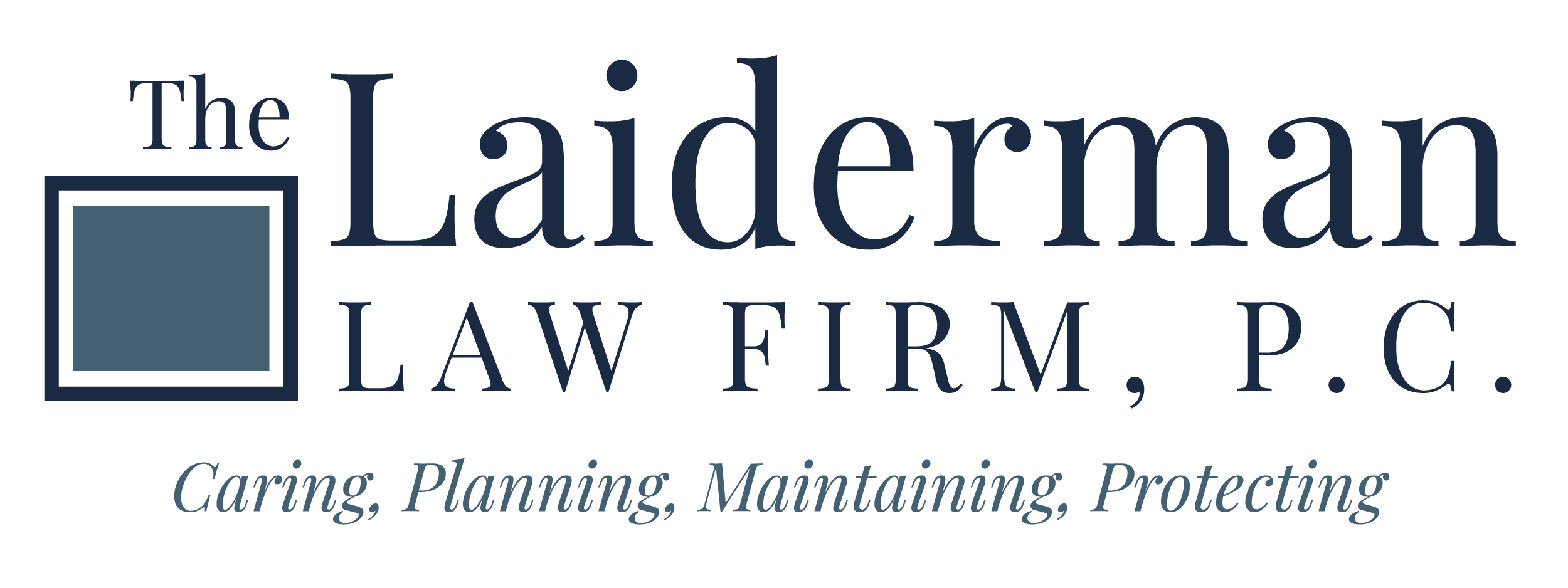 Takeaways
Takeaways
- The One Big Beautiful Bill Act (OBBBA), signed into law on July 4, 2025, significantly impacts estate and financial planning.
- The federal estate, gift, and generation-skipping transfer tax exemptions will rise to $15 million per individual starting in 2026. This reduces estate tax exposure for most Americans but doesn’t eliminate the need for comprehensive estate planning.
- The OBBBA also includes an estimated $1 trillion in Medicaid cuts over the next decade. These reductions could impact long-term care services, potentially forcing families to reassess their reliance on Medicaid for such care.
- As of 2028, there will also be a $1 million cap on home equity for Medicaid long-term care eligibility.
- The OBBBA introduces various other tax and financial provisions, making it essential for you to review your estate plans, tax strategies, and long-term care arrangements with a trusted advisor.
The Passage of the OBBBA
On July 4, flanked by cheering supporters and with military jets soaring overhead, President Donald Trump signed the One Big Beautiful Bill Act (OBBBA) into law.
The signing ceremony, part of the Independence Day festivities at the White House, culminated in a fireworks show. But the biggest fireworks may still be ahead as key provisions of the law come into force. From ending the looming gift and estate tax exemption limits to slashing Medicaid funding, OBBBA brings changes that directly — and indirectly — impact estate and financial planning.
Continue reading for a breakdown of several top-level takeaways from this “once-in-a-generation” legislation that is poised to shape generational wealth and family plans for decades to come.
The Estate Tax Exemption Gets a Boost — But Planning Is Still Essential
For years, estate planners and high-net-worth families were racing the clock. The 2017 Tax Cuts and Jobs Act (TCJA), passed during Trump’s first administration, doubled the federal estate and gift tax exemption, along with the generation-skipping transfer (GST) tax exemption, but only temporarily.
Without action, the exemptions were set to drop back to pre-2017 levels (adjusted for inflation) at the start of 2026 due to a TCJA “sunset” provision that had many scrambling to lock in wealth transfers.
The OBBBA rewrites that narrative. Beginning in 2026, the federal estate, gift, and GST tax exemptions will increase to $15 million per individual (and $30 million per married couple), with inflation adjustments starting in 2027.
- For most Americans, this change means estate tax exposure is unlikely. Even for wealthier families, it removes some of the urgency created by the TCJA’s pending expiration.
- The GST exemption will also rise. The GST tax exemption will climb to $15 million, giving families using dynasty trusts or multigenerational planning more breathing room.
- Don’t assume your plan is set. State estate taxes, which often have much lower thresholds, remain a concern. And even with a higher exemption, trusts and other estate planning techniques for wealth protection, privacy, and family governance won’t become obsolete overnight.
The bottom line: The higher federal limits buy time, but they don’t “sunset” the need for a thoughtful, up-to-date estate plan. Now is a good time to review your existing plan to ensure it still aligns with your goals.
While the new exemption limits will probably only impact around 1 to 2 percent (or fewer) of households, they’re just one small part of a sweeping, hundreds-of-pages-long law. Whenever tax laws change — and the OBBBA is full of tax changes — it’s recommended that you revisit your plan.
Medicaid Reductions and Long-Term Care Plans
One of the more controversial parts of the OBBBA is the estimated $1 trillion in Medicaid cuts over the next decade.
Much of the debate has focused on work requirements for Medicaid — provisions that could result in more than 5 million adults losing coverage. But most Medicaid adults under age 65 are already working.
Less attention has been paid to how Medicaid cuts could impact the long-term care of millions of Americans, many of whom need these services due to disabling conditions and chronic illnesses.
In the United States, Medicaid is the primary payer for long-term care services, including institutional care like nursing homes and care provided in a person’s home or community. According to KFF, in 2020, 4.2 million people used these services, with Medicaid covering over half of spending.
States rely heavily on federal Medicaid funding, which generally covers 50 to 77 percent of traditional Medicaid populations and 90 percent of expanded Medicaid populations under the Affordable Care Act (ACA). In 2024, the federal government covered approximately two-thirds of total Medicaid costs. About one-third of Medicaid spending goes directly to long-term care services.
Reducing Medicaid spending (about 9 percent of the federal budget) could help offset the costs of extending TCJA tax cuts. But these reductions — including rollbacks to ACA Medicaid expansion funding — may lead to cuts or shifts in long-term care services and other Medicaid services.
- Timing matters (and so do state budgets). Many of OBBBA’s Medicaid provisions will phase in over several years. The first major changes, stemming from work and community engagement requirements for certain adults, hit January 1, 2026. States can choose to implement changes earlier or delay them slightly, creating uncertainty about when — and how — families will feel the impact.
- State flexibility means outcomes will vary. Medicaid programs are state-administered within federal guidelines. States decide how to allocate long-term care funding, determine eligibility criteria, and choose whether to cover optional services like home- and community-based care (HCBS). In some states, budget shortfalls may lead to tightened eligibility or reduced long-term care benefits, while others may maintain broader coverage — at least for now.There are concerns that Medicaid cuts could force millions into nursing homes as nonfederally mandated HCBS services are scaled back.
- Relying on Medicaid for long-term care could be riskier. With federal contributions shrinking and states under pressure to fill gaps, families who planned long-term care around Medicaid, including a Medicaid “spend down” strategy, should reassess.For example, starting January 1, 2028, OBBBA imposes a $1 million cap on home equity for Medicaid long-term care eligibility, with no adjustments for inflation. This means families with higher-value homes, even modest ones in certain markets, may no longer be able to rely on a residence as an exempt asset, potentially disqualifying them.
The bottom line: Medicaid funds nearly half of U.S. long-term care spending and, by default, has become the nation’s long-term care program. But under OBBBA, and with ACA expansion funding rolled back, how — and how much — Medicaid covers will depend on your state.
Reviewing your long-term care plan now can help avoid gaps if future changes reduce eligibility or available services. Tools such as irrevocable trusts or private long-term care insurance could help protect your assets and secure care options if coverage rules change in your state. For those using a Medicaid “spend down” strategy, OBBBA’s changes, such as the new home equity cap, may require a fresh look at long-term care planning options to maintain eligibility.
Time for “One Big Beautiful” Plan Review
The OBBBA has been called a “tax bill” and a “budget reconciliation bill” but it’s really a sweeping overhaul of financial, health care, and estate planning rules. In addition to long-term care and estate tax changes, the legislation:
- Permanently extends TCJA tax cuts and increases the standard deduction
- Introduces a $6,000 deduction for seniors aged 65+
- Creates “Trump Accounts,” a new tax-advantaged savings option for minors
- Allows up to $1,000 ($2,000 married) in charitable contributions to be deducted even if you don’t itemize
- Reduces the amount of itemized deductions for high earners
- Imposes a 1 percent federal tax on remittances to foreign countries
These are just a few of the changes tucked into the OBBBA’s hundreds of provisions, each of which can ripple into others, affecting everything from gifting strategies and philanthropic plans to business succession and real estate transactions.
The bottom line: With so many moving parts, reviewing your estate plan, tax strategies, and long-term care arrangements has never been more important. A trusted advisor at The Laiderman Law Firm can help you evaluate your current circumstances and plans, understand how the OBBBA might affect them, and adjust strategies if needed.
To get started on your estate plan or elder law planning, contact the Laiderman Law Firm.

